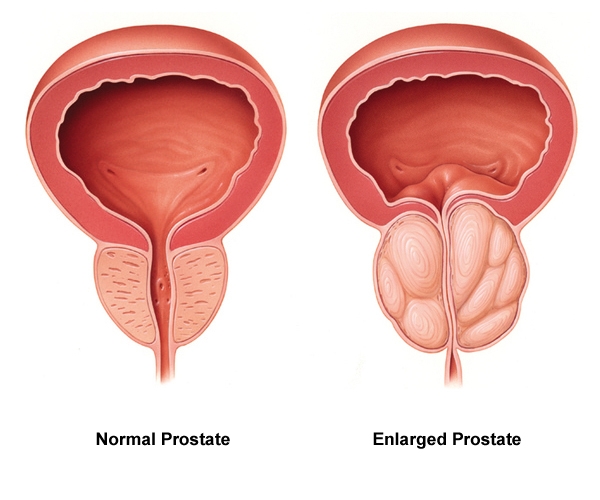Undergoing prostate surgery, whether it's a radical prostatectomy or another procedure, is a significant event that necessitates a comprehensive recovery process. Knowing what to expect can help you prepare physically and mentally, ensuring a smoother and more manageable healing journey. Here's a detailed look at what the recovery process typically involves.
Immediate Post-Surgery Phase
Hospital Stay
After prostate surgery, you’ll likely spend one to three days in the hospital. During this period, medical staff will monitor your vital signs, pain levels, and overall recovery. You’ll have a catheter inserted into your bladder to help drain urine, as the urethra needs time to heal.
Pain Management
Pain and discomfort are common but manageable. Doctors usually prescribe pain medications to ensure you’re comfortable. In addition to medication, techniques like deep breathing exercises, relaxation techniques, and gentle movements can help alleviate pain.
First Few Weeks at Home
Catheter Care
You'll be discharged with the catheter still in place. It’s typically removed within one to two weeks, depending on your surgeon's advice. Proper catheter care is crucial to prevent infections. Your healthcare provider will give you specific instructions on how to clean and manage it.
Activity Levels
Rest is vital, but light activity is encouraged to promote circulation and prevent blood clots. Short, frequent walks are beneficial. Avoid heavy lifting, strenuous exercises, and activities that strain your abdominal muscles for at least six weeks.
Diet and Hydration
A balanced diet and adequate hydration support healing. High-fiber foods can help prevent constipation, a common issue post-surgery due to pain medications. Drink plenty of fluids to stay hydrated and support urinary health.
Follow-Up Appointments
Attend all scheduled follow-up appointments. These visits are crucial for monitoring your recovery, removing the catheter, and addressing any complications. Your doctor will also discuss pathology results if your surgery was for cancer treatment.
Long-Term Recovery
Urinary Incontinence
Many men experience urinary incontinence after prostate surgery. This typically improves over time. Pelvic floor exercises, also known as Kegel exercises, can strengthen the muscles controlling urination and aid recovery. Your healthcare provider can guide you on how to perform these exercises effectively.
Sexual Function
Erectile dysfunction (ED) is a common concern post-surgery. Recovery of sexual function can take time, ranging from a few months to a year or more. Various treatments, including medications, vacuum devices, and penile implants, are available to help manage ED. Open communication with your partner and healthcare provider is essential for addressing these issues.
Emotional Well-being
The emotional impact of prostate surgery can be significant. Feelings of anxiety, depression, or frustration are common. Support groups, counseling, or speaking with a mental health professional can provide valuable support. Connecting with others who’ve undergone similar experiences can also be reassuring.
Tips for a Smooth Recovery
- Follow Medical Advice: Adhere to your doctor’s instructions regarding medications, activity levels, and follow-up appointments.
- Maintain a Healthy Lifestyle: Eat a balanced diet, stay hydrated, and engage in gentle physical activities.
- Perform Pelvic Floor Exercises: These can significantly improve urinary control and sexual function over time.
- Communicate: Keep open lines of communication with your healthcare provider, especially if you encounter any issues or complications.
- Seek Support: Don’t hesitate to reach out for emotional support through friends, family, or professional counseling.
Conclusion
Recovery from prostate surgery is a gradual process that involves physical, emotional, and lifestyle adjustments. Understanding the various stages of recovery and knowing what to expect can help you navigate this journey more effectively. With time, patience, and proper care, most men can return to their normal activities and enjoy a good quality of life post-surgery.





Comments